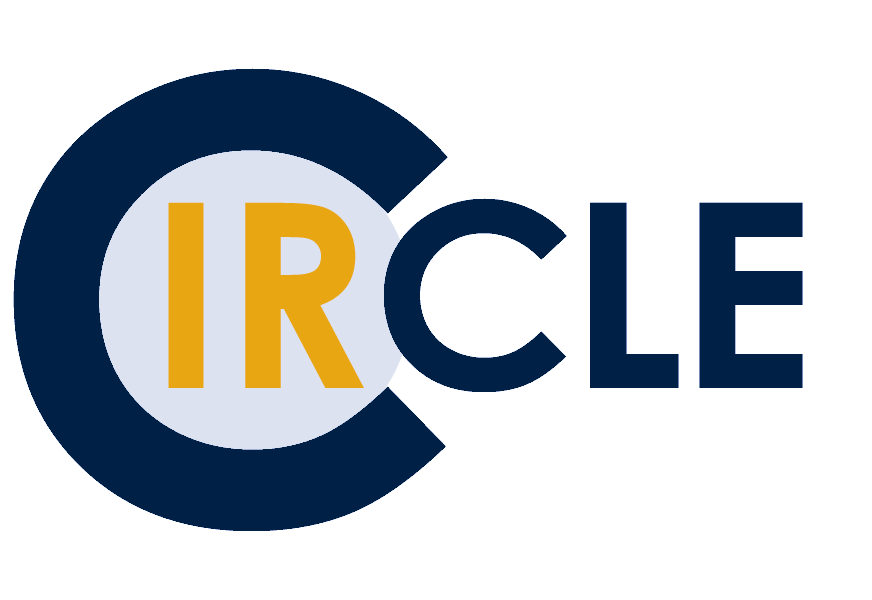 Transformation of natural genetic variation into haemophilus influenzae genomes
Transformation of natural genetic variation into haemophilus influenzae genomes
UBC microbiologist Rosie Redfield was named one of “Ten People Who Mattered This Year” in the Nature journal as reported by UBC’s Public Affairs in December 2011. And, now you can view her peer-reviewed, full-text journal article that was recently added to the Canadian Institutes of Health Research (CIHR) Research Outputs at UBC collection in cIRcle at: http://hdl.handle.net/2429/41909. Below is a quick snapshot about her article:
Author Summary
The ability of bacteria to acquire genetic information from their relatives—called natural competence—poses a major health risk, since recombination between pathogenic bacterial lineages can help bacteria develop resistance to antibiotics and adapt to host defenses. In this study we transformed competent cells of the human pathogen Haemophilus influenzae with genomic DNA from a divergent clinical isolate and used deep sequencing to identify the recombination events in four transformed chromosomes. The results show that transformation of single competent cells is more extensive than expected, and suggests that transformation can be used as a tool to map traits that vary between clinical isolates.
Did you know?
The Canadian Institutes of Health Research (CIHR) Research Outputs at UBC community in cIRcle supports UBC researchers in complying with the CIHR’s Policy on Access to Research Outputs. This CIHR cIRcle community is found at: https://circle.ubc.ca/handle/2429/8832.
Above Redfield Lab image credit: http://www.zoology.ubc.ca/~redfield/
Above Public Affairs’ news item is available at: http://www.publicaffairs.ubc.ca/2011/12/22/rosie-redfield-named-one-of-natures-2011-newsmakers/
